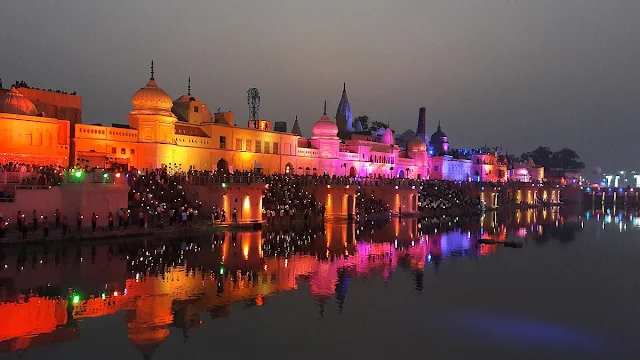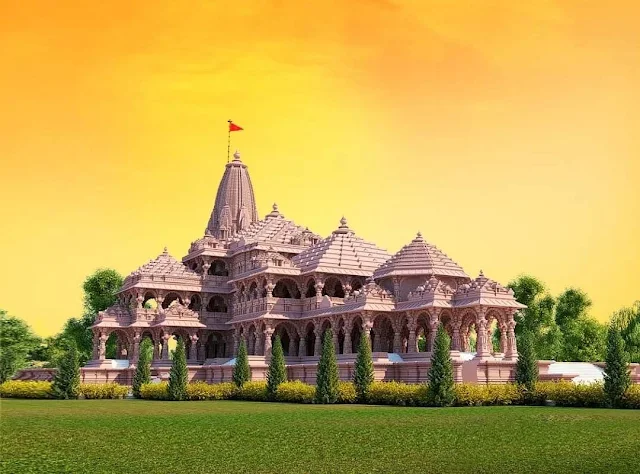History of ChatGPT:ChatGPT, developed by OpenAI, stands as a significant milestone in the evolution of natural language processing. It is built upon the GPT (Generative Pre-trained Transformer) architecture, a neural network model that excels in understanding and generating human-like text. OpenAI has iteratively improved upon previous models, with ChatGPT being the latest iteration as of my last knowledge update in January 2022.
Uses of ChatGPT:
The versatility of ChatGPT extends across various domains, making it a powerful tool in the realms of content creation, language translation, coding assistance, and even educational support. Its ability to understand context and generate coherent responses has positioned it as an invaluable asset in fostering human-machine communication.
How to Use ChatGPT:
Using ChatGPT is accessible to a broad audience. OpenAI has provided an easy-to-use interface for interaction, allowing users to input prompts and receive coherent responses. Additionally, OpenAI has introduced the ChatGPT API, enabling developers to integrate this powerful language model into their applications and services.
Impact of ChatGPT:
The impact of ChatGPT spans numerous sectors. In content creation, writers and creators leverage its capabilities to generate ideas, brainstorm content, and even draft articles. In customer service, ChatGPT aids in handling queries and providing information efficiently. Its potential for enhancing productivity in coding tasks has garnered attention from the software development community.
ChatGPT Across Different Sectors:
Content Creation:
ChatGPT has been a game-changer for content creators. From generating engaging blog posts to assisting with creative writing, it serves as a valuable writing companion. Its ability to mimic diverse writing styles and adapt to different tones makes it a versatile tool for those in the content creation space.
Language Translation:
The language translation sector has benefited from ChatGPT's multilingual capabilities. Its understanding of context and nuances allows for more accurate and contextually relevant translations, contributing to improved cross-cultural communication.
Coding Assistance:
Developers find ChatGPT useful for coding assistance. Whether it's generating code snippets, debugging, or offering insights into programming queries, ChatGPT's language proficiency proves invaluable in streamlining coding workflows.
Educational Support:
ChatGPT has found applications in education by assisting students with research, providing explanations on various topics, and acting as a study aid. Its conversational nature facilitates a more engaging learning experience.

Future Developments of ChatGPT:
OpenAI has consistently pushed the boundaries of language models, and the future of ChatGPT holds exciting possibilities. Future developments may include enhanced contextual understanding, improved multilingual capabilities, and increased efficiency in domain-specific tasks. OpenAI's commitment to refining and expanding the capabilities of ChatGPT suggests a trajectory toward more advanced and context-aware language models.
ChatGPT has emerged as a transformative technology, revolutionizing the way we interact with machines and augmenting our capabilities in various sectors. Its impact is already visible, and as OpenAI continues to innovate, the future holds even greater promise for ChatGPT in shaping the landscape of human-computer interaction and advancing the frontiers of artificial intelligence.







